Symbian is a joint venture funded by several large mobile communications equipment manufacturers, including Motorola, Siemens, and Nokia, which specializes in the development of mobile operating systems. The predecessor of the Symbian operating system was the EPOC, and the EPOC was the first letter of the Electronic Piece of Cheese. The original meaning was: "When using electronic products, it can be as simple as eating cheese," which is what it insists on designing. idea.
The Symbian operating system has powerful applications and communication capabilities on smart mobile devices, thanks to a very robust core - a powerful object-oriented system, a standard communication transfer protocol for enterprises, and the perfect sun java language. Symbian believes that in addition to providing voice communication functions, wireless communication devices should also have other communication methods such as stylus and keyboard. In the hardware design, it can provide many different styles of appearance, such as the use of real or virtual keyboard, the software function can accommodate many functions, including sharing information with each other, browsing the web, transmission, receiving e-mail, fax and Personal life travel management. In addition, Symbian OS reserves a variety of interfaces for manufacturers in terms of scalability, and the EPOC operating system can also be subdivided into three types: Pearl/Quartz/Crystal, corresponding to ordinary mobile phones, smart phones, and Hand Held PC applications. Applications.
Symbian is a real-time, multi-tasking, pure 32-bit operating system with low power consumption and low memory usage. It is ideally suited for mobile devices such as mobile phones. After continuous improvement, it can support GPRS, Bluetooth, SyncML, and 3G technologies. . The most important is that it is a standardized open platform, and anyone can develop software for Symbian-enabled devices. Unlike Microsoft products, Symbian separates the general technology of mobile devices, which is the core of the operating system, from the graphical user interface technology. It can adapt well to different input platforms, and it can also enable manufacturers to create their own products. The more friendly interface, in line with personalized trends, is the main reason why users can see different symbian systems. Java programs developed for this platform have now become popular on the Internet. Users can expand the phone's capabilities by installing these software.
In the Symbian development phase, there are three branches: Crystal, Pearl, and Quarz. The first two are mainly aimed at the communicator market, which is also the largest among mobile phones. It is the main force for smart phone operating systems in the future. The first mobile phone based on the Symmabian system was an Ericsson mobile phone that was launched in 2000. The really mature one that caught people’s attention at the same time was the Nokia 9210, which was launched in 2001. It uses the Crystal branch system. The Nokia 7650 and 3650 launched in 2002 are the models of the Symbian Pearl lineup, of which the 7650 is the first smartphone based on a 2.5G network. They all belong to the Symbian 6.0 version. A model introduced by Sony Ericsson also uses Symbian's Pearl branch. The version has been developed to 7.0. It was developed specifically for 3G networks. It can be said that it represents the most powerful mobile operating system today. In addition, Symbian began to support external storage devices such as MMC, CF cards, etc. from version 6.0, which enabled its powerful expansion capabilities to be fully utilized, making it possible to store more software and various large-capacity multimedia files.
Symbian is divided by version. Following February 2005, Symbian launched a new mobile operating system OSv9.0. So far, there have been 6.0, 6.1, 7.0, 7.0s, 8.0, and 9.0 versions. In March 1999, Symbian introduced the Symbian 5.0 operating system. Its main core is a combination of network, wireless text, e-mail, business cards, and personal information assistants. It also has a browser that supports standard web pages, supporting java language support. , allows Symbian to run small applications. However, this version uses very few models, and there is not much difference with the EPOC.
Symbian 6.0 adds support for GPRS, WAP 1.2 browsers, and Bluetooth technology on the basis of 5.0. Users can run third-party programs based on C++ and J2ME. And Symbian 6.1 is mainly compared with Symbian 6.0 to increase the USB support. Symbian 6.0's main features are: support for voice calls and data communications, Bluetooth and WAP support, security features (SSL, HTTPS, WTLS), 16-bit Unicode support, multi-language display, "PersonalJava 3.0" and "JavaPhone 1.0" .
Symbian 7.0 supports multi-mode and 3G mobile phones (zones), which allows manufacturers to launch Symbian OS mobile phones that can run on all networks worldwide, and can reuse many of them without major code changes. There are currently software applications. 7.0 includes some new communications, messaging, networking, and application development technologies, as well as improvements to security- and certification-related features. Other features of Symbian OS 7.0 include: support for flexible user interfaces such as Nokia's Series 60; support for several audio/image formats and many APIs for game developers; full encryption and authentication management, based on secure communication protocols including HTTPS , WTLS and SSL) and certified application installations; and Over-the-air (OTA) SyncML synchronization support.
In February 2004, Symbian released Symbian 8.0 when it authorized LG and other companies. This version improves the performance of real-time systems and improves the compatibility of existing operating systems. In addition, the software tools of Symbian OS 8.0 improve the functionality of the remote access control system and use regulatory devices to eliminate the interference that mobile phone users experience when using value-added services. This system contains absolutely modern multimedia and Java devices that support multiple standards, including JSR118, CLDC1.1 (JSR139), MobileMedia (JSR135), 3D image data (JSR184), and JTWI 1.0c (JSR185). Finally, the new OS also supports SDIO.
In February 2005, Symbian, a well-known mobile phone software manufacturer in the United Kingdom, introduced a new mobile operating system software, OSv9.0, which supports higher-pixel digital cameras and 3D game animation. The operating system software has high requirements for the operating environment. It currently runs on a fast processor chip provided by the British chip maker ARM and needs the support of related designs and other tools to help handset manufacturers save time and develop other versions. cut costs. The software can handle 2 megapixel digital pictures and even send stereo music to wireless headphones. What's more, it does not require sync software to export MP3 files from a PC.
The Series60 is the most widely used system version in smartphones. The Series 60 system is also divided into three versions: 6.0 OS, 7.0 OS, and 8.0 OS. The most intuitive factor that distinguishes the Series 60 is the resolution of the screen. The Series 60 supports a resolution of 176*208 pixels, but the S60 will also support 240*320 pixels and 352*416 pixels. The S60 is the interface that has the most third-party software or games.
The easiest way to identify the Series80 interface is to see if the phone supports a full keyboard. For example, Nokia's high-end series 9210, 9300, or even 9500 all use the full keyboard. The easiest way to identify Series 90 is to use a touch screen with a resolution of up to 640 x 320 pixels. The Series90 should be the strongest platform for mobile games and entertainment, but because there are too few handset models with the Series90 interface, and third-party software has little support, the S60 is still the player's first choice.
S40 or S60 refers to the upper platform of Nokia mobile phones. The S60 is a smartphone and the underlying operating system is Symbian. Nokia 128*128 screens are all S40 1.0. And 128*160 is S40 2.0.
In addition, in S40, 3100 supports java MIDP 1.0, so the maximum support for 64KB of java; 6230 supports java MIDP 2.0, so the maximum support of 128KB of java40 and 60, including 90, as well as the previous 30, are for different operating systems with nokia In terms of 40, it is Nokia's own mobile phone operating system. For low-end customers, it supports the development of kjava. Its processor efficiency is low, the memory is low, and the screen size is 128*128.
S60, is based on the Symbian operating system, which is the previous epoc, its processor is arm9, the processing efficiency is high, the memory is quite large, the screen size is 208*176 and supports the development of kjava and C++90, belonging to the handheld device, The Symbian operating system has strong features and is equivalent to a PDA.
In fact, technically speaking, S40 and S60 are different on the system platform, just like WIN98 and WIN2000, but unlike mobile phones, the screen size is indeed a gateway, so that the platform is not easily backward compatible, but some games are also Also make different versions.
Of course, S40 is not only a gap on the screen, but also a performance gap. Generally speaking, the quality of games developed by S60 is much higher than that of S40. Unfortunately, S60 is more expensive than the S40. A lot of ah.
On many websites, some people who are not very familiar with Symbian think that Series 60 and Series 80 are different Symbian OS versions. As a result, there was a more chaotic name. For example: "Series 60 operating system" and "Symbian 80 operating system" jokes.
In fact, Symbian OS is a mobile operating system developed by Symbian. It is an operating system that is independent of the mobile phone hardware, and it is an open platform. This is a bit like Linux. There are user interfaces such as Red Hat that are common in the market, but they are all developed under the Linux system, but the interface is somewhat different.
Therefore, many mobile phone manufacturers have made some interface changes on the mobile phones produced by their own companies, so names such as S60 and S80 appear. However, they are not operating systems, but are user interface platforms developed on the basis of operating systems.
Currently, Series 60 has two major versions: Second Edition (2nd Edition) and Third Edition (3rd Edition)
Series 60 Platform 2nd Edition
The Series 60 Platform 2nd 2nd Edition was originally released in 2003. The first terminal implemented was the Nokia 6600 mobile phone. With the extension, it has been added to three Feature Packs, introducing exciting new features without compromising on platform compatibility. With these new Feature Packs, the Series 60 Platform 2nd Edition delivers exceptional performance to a wide variety of smartphones to meet the diverse functional needs of all major market operators, corporations, development partners, and consumer users.
User Interface The Series 60 user interface is a graphical user interface that Nokia has devoted to the most in-depth research and development. As part of the Series 60 Platform, it ensures that users have a consistent user interface across all vendors' Series 60 Platform-based devices. The Series 60 Platform is designed to operate a variety of advanced, user-friendly data services with one hand. The Series 60 user interface has a color display that supports multiple screen resolutions (176x208, 240x320 (QVGA), and 352x416). It supports a wide variety of different functions, including two function keys, five-way navigation keys, an application and application switch key, and call and call termination keys. The user interface uses a standard 12-key keyboard, including letters. The clear key and edit key are set for the text input in the interface.
Application Series 60 Platform provides a wide range of rich application and application implementers. These include advanced telephony applications, Unified Messaging Center (MMS, SMS, Email), various OMA instant messaging and Presence applications, and a complete mobile Internet browser (HTML 4.01, XHTML MP, & WAP CSS), 3GPP compatible streaming client (RealOne Player), Java MIDP 2.0 environment, application manager, OMA digital rights management (forward lock), SyncML data synchronization and device management, OMA client configuration, media gallery, camcorder Applications, image viewers, connection managers supporting multiple PDP scenarios, mobile wallets, and a variety of personal information management applications.
Network Support The Series 60 platform includes support for GSM/GPRS/EDGE, CDMA, and dual-mode WCDMA-GSM configurations. Dual-mode WCDMA-GSM provides full support for operators' various 3G services, paving the way for video telephony on various mobile devices and providing advanced streaming capabilities and advanced browsing capabilities.
Series 60 Platform 3rd Edition
Series 60 Platform 3rd Edition is a new generation of world-leading smartphone software platforms. The new Series 60 Platform 3rd Edition adds many new features while maintaining all the features of 2nd edition. The new Series 60 Platform 3rd Edition is focused on enhanced multimedia and enterprise application capabilities, sustainable application business support, improved customer customization capabilities, and an ever-improving platform structure.
Because of the 3rd Edition, the Series 60 Platform is now better suited to the high-volume customer market. The improved structural flexibility in the Series 60 Platform 3rd Edition enables Series 60 handset manufacturers to create a variety of terminals that are highly cost-optimized to meet the diverse needs of users. This new structure also includes built-in security features that provide users and developers with a safer, more trusted environment.
Support for Enterprise and Multimedia Applications The majority of companies will benefit from the built-in business features of the Series 60 Platform 3rd Edition. Features such as calendaring, data synchronization, and email have been improved to accommodate ease of use for a variety of corporate environments. The new built-in security features provide more protection for business-sensitive data. Series 60 Platform 3rd Edition allows authorized vendors to build more robust and diverse enterprise-class terminals.
This new version also supports the growth of mobile multimedia. Support for OMA DRM 2.0 for music both improves usability and improves the security of protected content. The new music player makes online access to music content more convenient. With the new Series 60 Platform 3rd Edition, music and other content can be more easily transferred between PCs and mobile devices because the new versions of the various smartphones can be considered functionally one Ordinary USB memory stick.
More business for development partners For development partners, the Series 60 Platform 3rd Edition offers more business opportunities for high end-hold volumes. New security frameworks and built-in content protection improve the protection of developer investments, but at the same time still allow the use of free software applications. Feature discovery APIs such as an extensible user interface will enable developers to create more intelligent applications while providing a better user experience.
Series 60 Platform 3rd Edition, with its new structure and better multimedia and enterprise application features, is striving to embark on a comprehensive road to its development to meet the demanding needs of authorized manufacturers, operators, and users. Series 60 Platform 3rd Edition running on Symbian OS v9 will be available in mid-2005.
Products Description
Led Grow Light is the newest trend for indoor growers. Advanced Led Grow Lights use less energy,and create less heat,not only provides intense, effective lighting for indoor gardening but also make the garden cool. Hydroponics,which is a method in high-tech horticulture where plants grow in soil-free nutrient baths,led hydroponic lamp is a perfect example of how science and technology can work together to develop solutions to human problems.
Advantages for led Grow Light
1. Bring You High Yield
The traditional grow lights, such as HID and HPS can just bring you 0.5 -0.8 gram per watt, no more than 1 gram. But the led grow light can bring you 1-2.5 gram per watt. It's amazing! LEDs in greenhouses deliver same yield as grow lights, using just 25% of the energy. So as for the energy conservation and environmental protection light source, the planters will consider the led grow light as their first choice.
2. Less Heat
While most grow lights are very warm, as HID, so you would need use the fan to solve this problem in summer. LED Grow Lights are generally moderate in temperature, and they will not harm a person if he touches them. As such, it is much safer and convenient for owners and their crops, they can be placed very close to the plants to deliver high intensity lights to the surface of the leaves.
3. Low Cost On Everything
Less electricity, save about 60% than HID.
Low amounts of heat, means less money spent on the room's costs of cooling.
Long life-span, no need to replace the bulbs.
No ballast.
No reflector.
Full Spectrum Led Plant Grow Light and High Value View

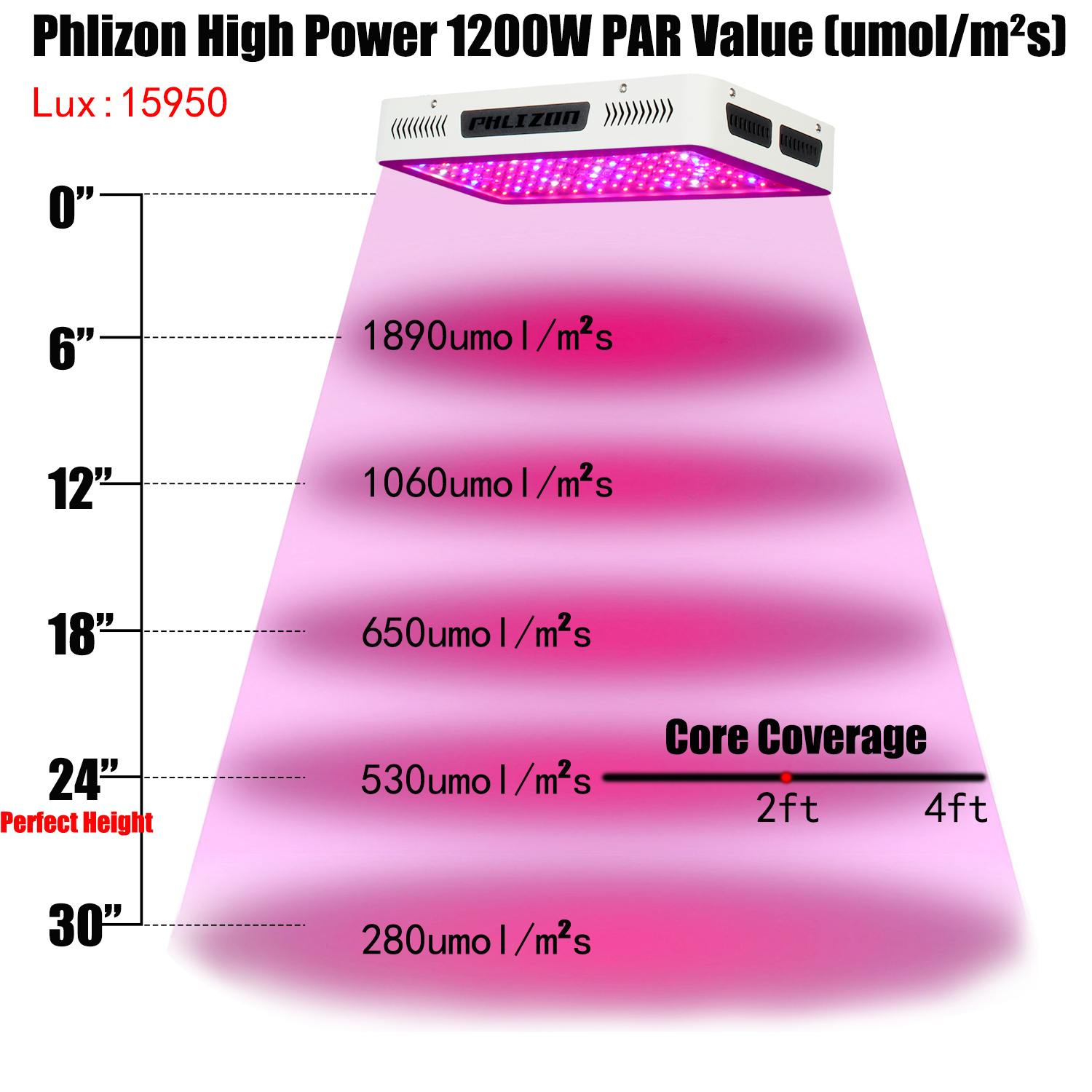
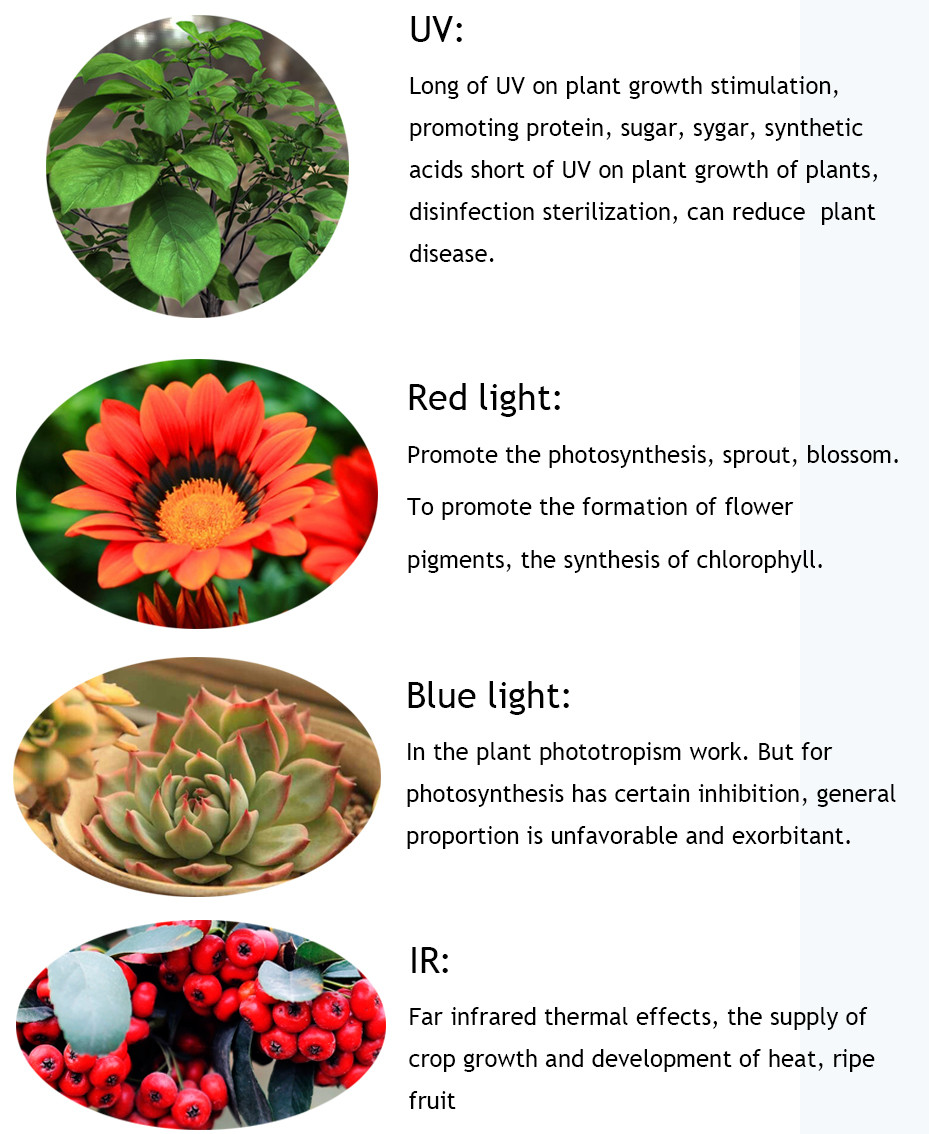
Item Display
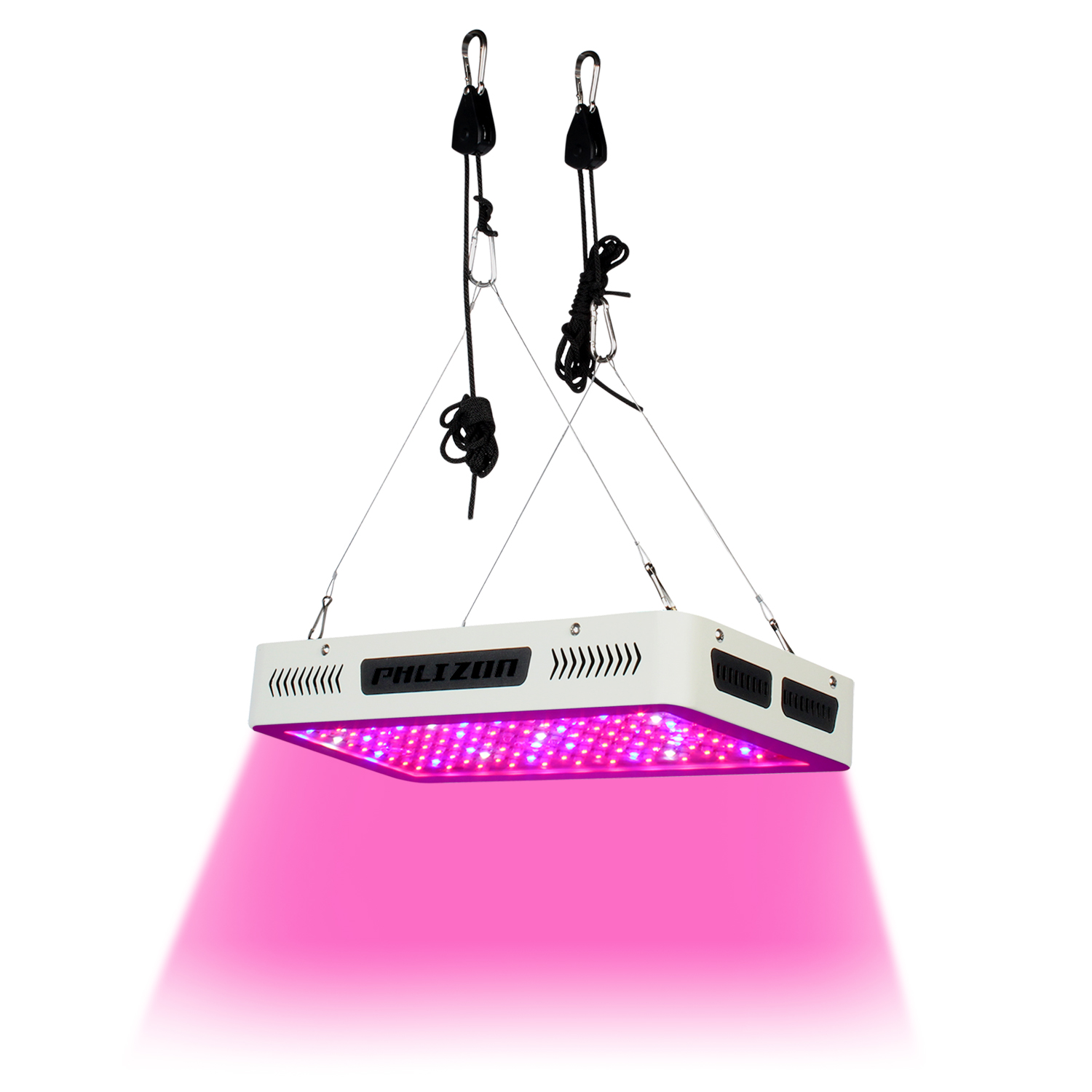

Advantages
Plug with listed certificate safe to use.

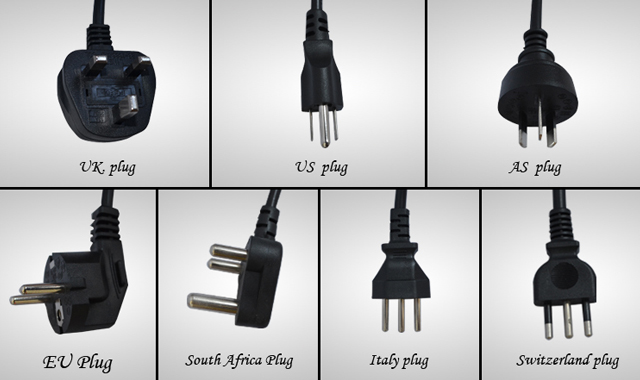
Application
Fruit and Vegetables Growing
Flowers Growing
Special Crops Growing
Leaf and Seeding Growing
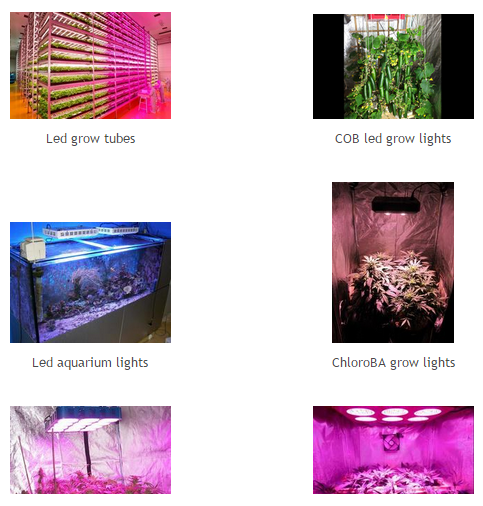
Our Quality Control systems and after-sales

Package


Why Choose us?
Cooperative Policy:
Providing production schedule photos to ensure you know every process.
Profrssional follow-up team, one-to-one service in time.
Shipment sample for checking before shipment.
Priority to get the our lastest product information after cooperation
Good after-sale service offered, please send us feedback if you have any questions
Low Risk Promise:
Sample 3pcs: Lead time 3 working days.
500pcs order: lead time 5~8working days
10000pcs order: Lead time 20~28working days
Warmly welcome to take a visit on our factory at any time and we can pick you up.
Vegetable Garden Led Grow Lights,Vegetable Garden Plant Grow Lights,High-Power Led Plant Light,High Power Led Grow Light
Shenzhen Philizon Technology Co.,Ltd. , http://www.philizon.com